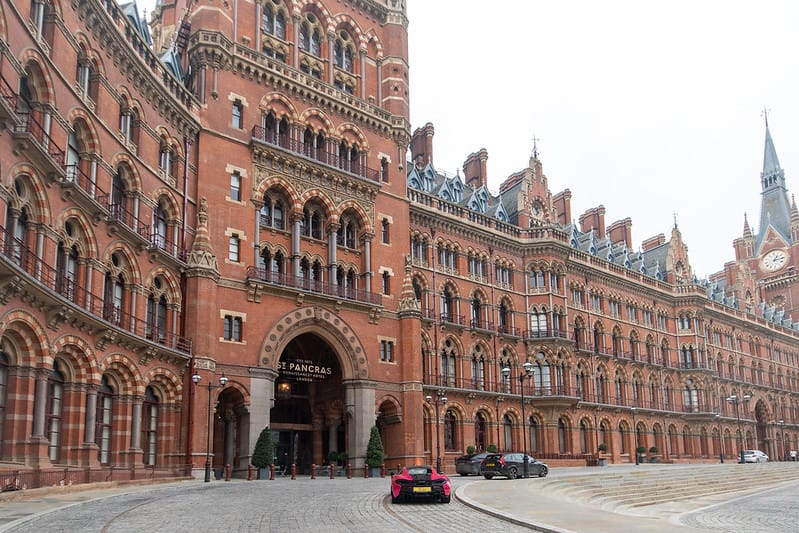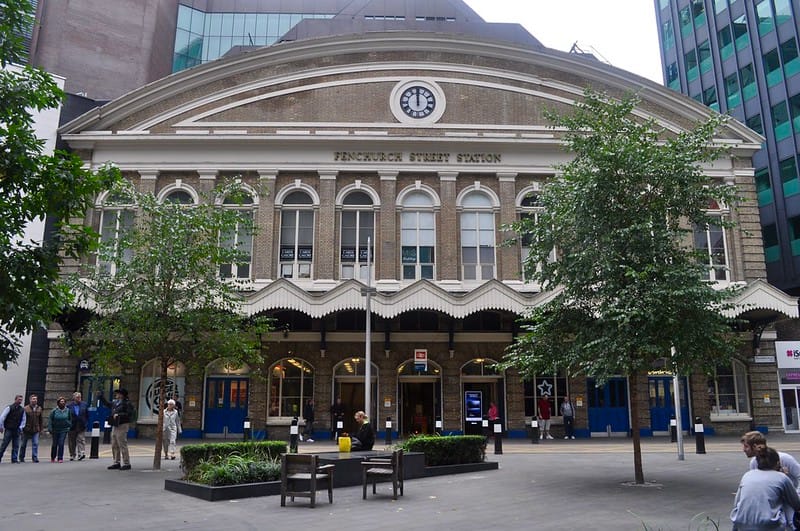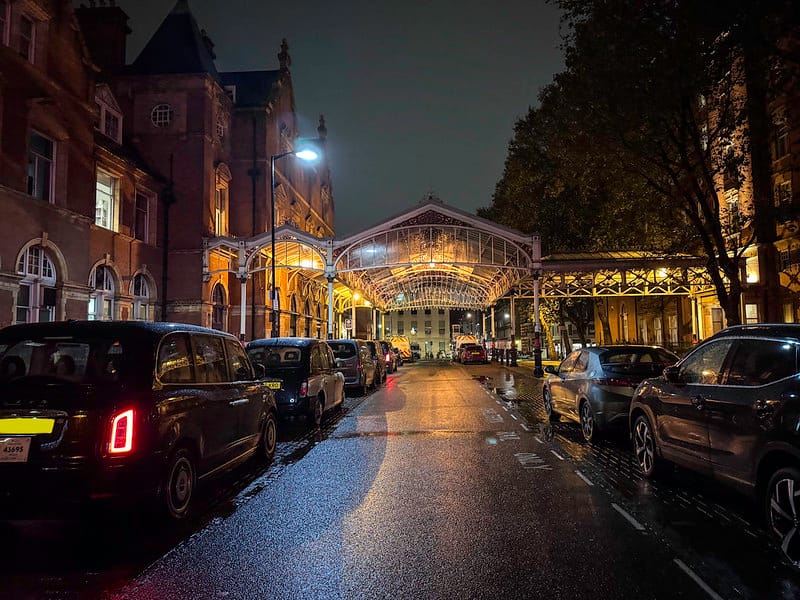Designed by the Midland Railway to make a grand statement, St Pancras is an astounding piece of Victorian engineering. Its most notable feature is the Barlow train shed, which was once one of the largest enclosed spaces in the world.
It was almost demolished in the 1960s, but poet laureate John Betjeman led a rearguard campaign that saved it. Now, it’s a stunningly renovated destination station and hotel.
It’s a Grade 1 listed building
St Pancras Station is one of London’s iconic landmarks, and is famous for its beautiful lattice roof. It was rebuilt in the early 21st century to become a terminal for high-speed Eurostar trains. This project was part of a wider regeneration of the King’s Cross area.
Designed by architect William Barlow, the structure is considered to be a masterpiece of Victorian functionalism. The building is supported on 850 cast iron pillars. Its height was chosen to provide space for cargo, such as barrels of beer from Burton on Trent, which were one of the Midland Railway’s most lucrative goods traffic.
The building was almost demolished in the 1960’s, after it became a redundant station with no passenger services. But a campaign led by Poet Laureate Sir John Betjeman, helped to change public perceptions. This resulted in the station being given Grade I listing.
In 2007, the station underwent a major refurbishment to transform it into a modern international transport hub. The addition of Eurostar services has reestablished the station’s importance as a gateway to Europe. It is also home to the St Pancras Renaissance hotel.
The station is connected to six underground lines, including the Northern, Piccadilly and Circle lines. It is also served by several train operators, including East Midlands, Thameslink and Eurostar. The station is named after Saint Pancras, a fourteen-year-old Roman child martyr who was killed in Rome under the Emperor Diocletian for his Christian beliefs.
It’s a railway station
St Pancras is one of the most elegant railway stations in the world, a magnificent monument to Victorian engineering and the architectural style known as Victorian Gothic. It was built by the Midland Railway Company as a showcase for its services and to compete with other railway companies in London. It was almost demolished in the 1960s by British Rail, but a campaign led by poet laureate John Betjeman saved it. It underwent a major refurbishment, and reopened in 2007 as a terminus for Eurostar trains to France and other European destinations.
The station is located in the heart of central London and has more underground connections than any other station. It is served by the Victoria, Piccadilly, Circle, and Metropolitan tube lines. It is also a stop for buses, and car parking facilities are available nearby. Getting around from St Pancras is easy, and you can find lots of shops and restaurants to choose from.
There’s also a Harry Potter gift shop and Platform 9 3/4, a photo opportunity that’s bound to delight the kids. You can pick up a souvenir or some groceries, and there are many bars and restaurants to try out. From classics like Starbucks and Pret A Manger to new watering holes like Booking Office 1869 and Yo!, there are plenty of options to suit everyone’s taste.
It’s a hotel
As a hotel, St Pancras Renaissance is one of the most beautiful hotels in London. Its entranceway, which used to be a part of the railway station’s façade, is gorgeous and features exposed brickwork and steel girders. The hotel’s interior also offers a variety of dining and drinking options. Whether you’re looking for a quick snack or a relaxing drink, there is something to suit every taste.
The lower level of the building, which hosts a number of shops and Eurostar departure lounges, was once a vast warehouse for beer brought down from Burton on Trent and other Midland towns in barrels. Today, the building is home to a number of pubs and restaurants, including the famous Booking Office bar, which is full of period architecture.
The St Pancras Renaissance is located in central London and has excellent access to public transport. It is served by six metro lines, including the Circle, Piccadilly, Hammersmith & City, Metropolitan, Northern, and Victoria. Additionally, there are a number of bus routes that can be used to reach other parts of the city. The hotel’s staff is very helpful and will help you with any questions you might have. They can also advise you about the best places to eat in the area. Getting around London is easy with an Oyster Card, the English version of a Dutch bank card.
It’s a pub
St Pancras Station isn’t just a train station – it’s also a Grade I listed building that attracts visitors from all over the world. It recently underwent renovations and is now a modern world-class terminal for Eurostar services and domestic trains. Its rebirth is a triumph of British engineering, architecture and design.
The magnificent St Pancras was built by the Midland Railway in 1868 as a grand terminus for its lines from Derby to London. It was meant to impress visitors from all over the country. At the time, private railway companies competed with each other to exploit economic opportunities. This led to competition between the Great Northern and Midland lines for passenger traffic. The Midlands won the competition and the new station was designed to impress.
In the 1990s, St Pancras was reborn as Europe’s premier high-speed train station. The station is now home to the Eurostar service and a number of high-speed domestic trains. The building’s restoration was carried out in collaboration with English Heritage and with meticulous attention to detail. For example, Barlow’s original train shed roof has been restored with 18k panes of self-cleaning glass and 300k welsh slates.
Visitors to the area should also check out King’s Cross Station, where Harry Potter’s Platform 9 3/4 is located. The British Library is nearby, and the area is well-served by bus routes and Tube stations.




